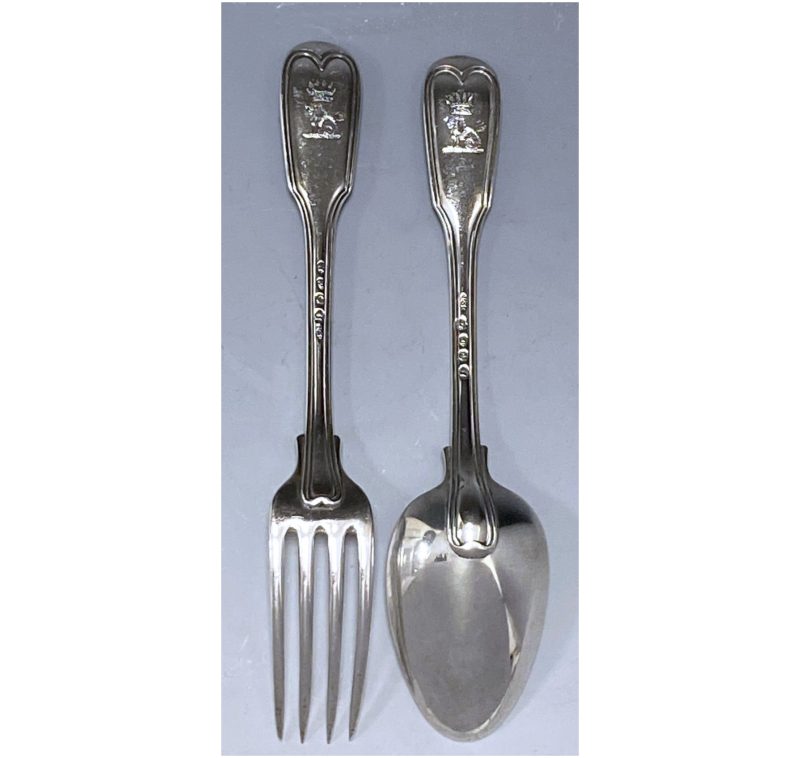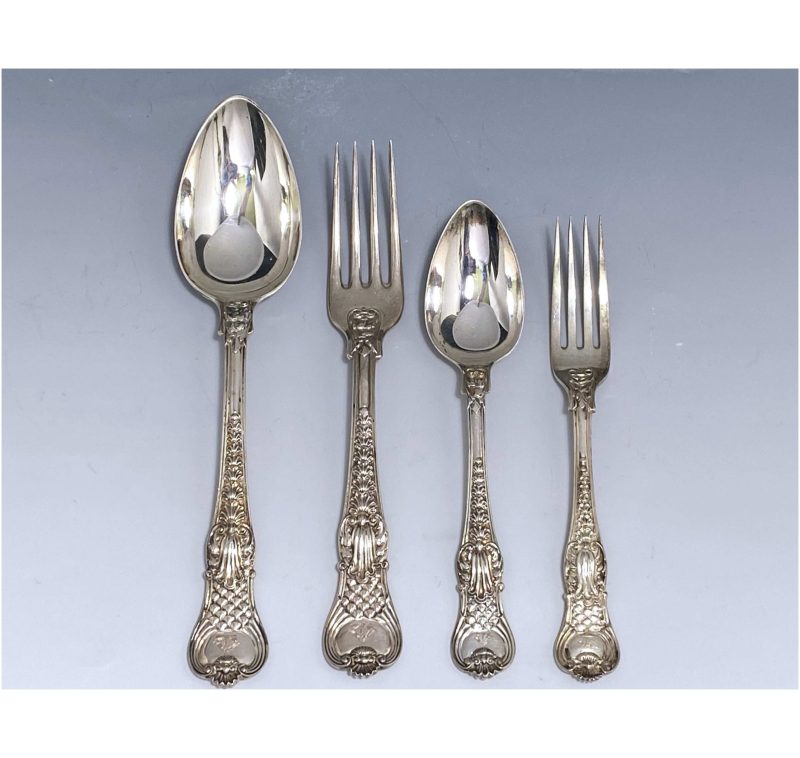Paul Storr
Paul Storr is considered one of the most talented English silversmiths of the 19th century. His legacy of exceptionally well-crafted silver has found its way into museums and private collections worldwide, including at Windsor Castle and Buckingham Palace as well as in the V & A and the Metropolitan Museum in New York amongst many other leading collections.
He was born in London in 1771. He began his career in 1792 when he went into a brief partnership with William Frisbee (which didn’t last), and he entered his own mark in 1793. By the start of the 19th century, he had become one of London’s most renowned silversmiths and was receiving commissions from Royalty and the English aristocracy. His reputation was garnered through his mastery of the grandiose neoclassical style developed during the Regency period.
In 1797, he received his first major commission – a gold font for the Duke of Portland. He went on to create the "Battle of the Nile Cup" presented to Lord Nelson in 1799.
He entered into a working relationship with Philip Rundell in 1807 and became a partner in 1811, managing the workshops for Rundell, Bridge and Rundell. He kept his own marks throughout this period and maintained his own workshop, but it was through his association with Rundell, Bridge and Rundell who had the Royal Warrant as Goldsmiths to George III that he was able to display his exceptional skill at transforming the ideas and designs of the Rundell’s designers.
By 1819, he felt he had lost a lot of his artistic freedom and he left Rundell to open his own shop and he soon began to enjoy the patronage he wanted. He soon needed a retail premises and he joined with John Mortimer to establish Storr and Mortimer on New Bond Street in 1822.
He retired in 1838 and died in 1844. He is buried in Tooting, London. He left an estate of £3,000.









